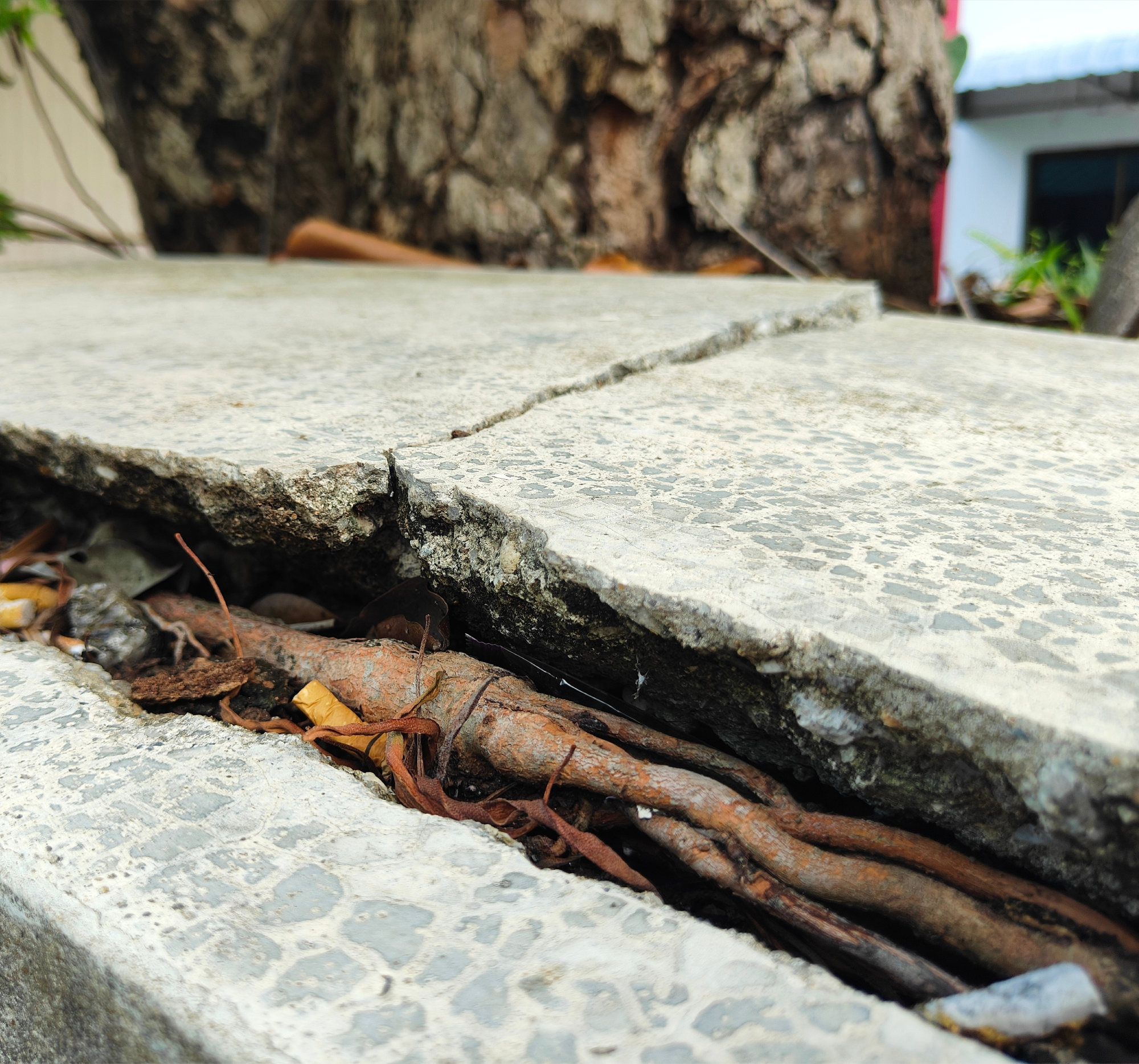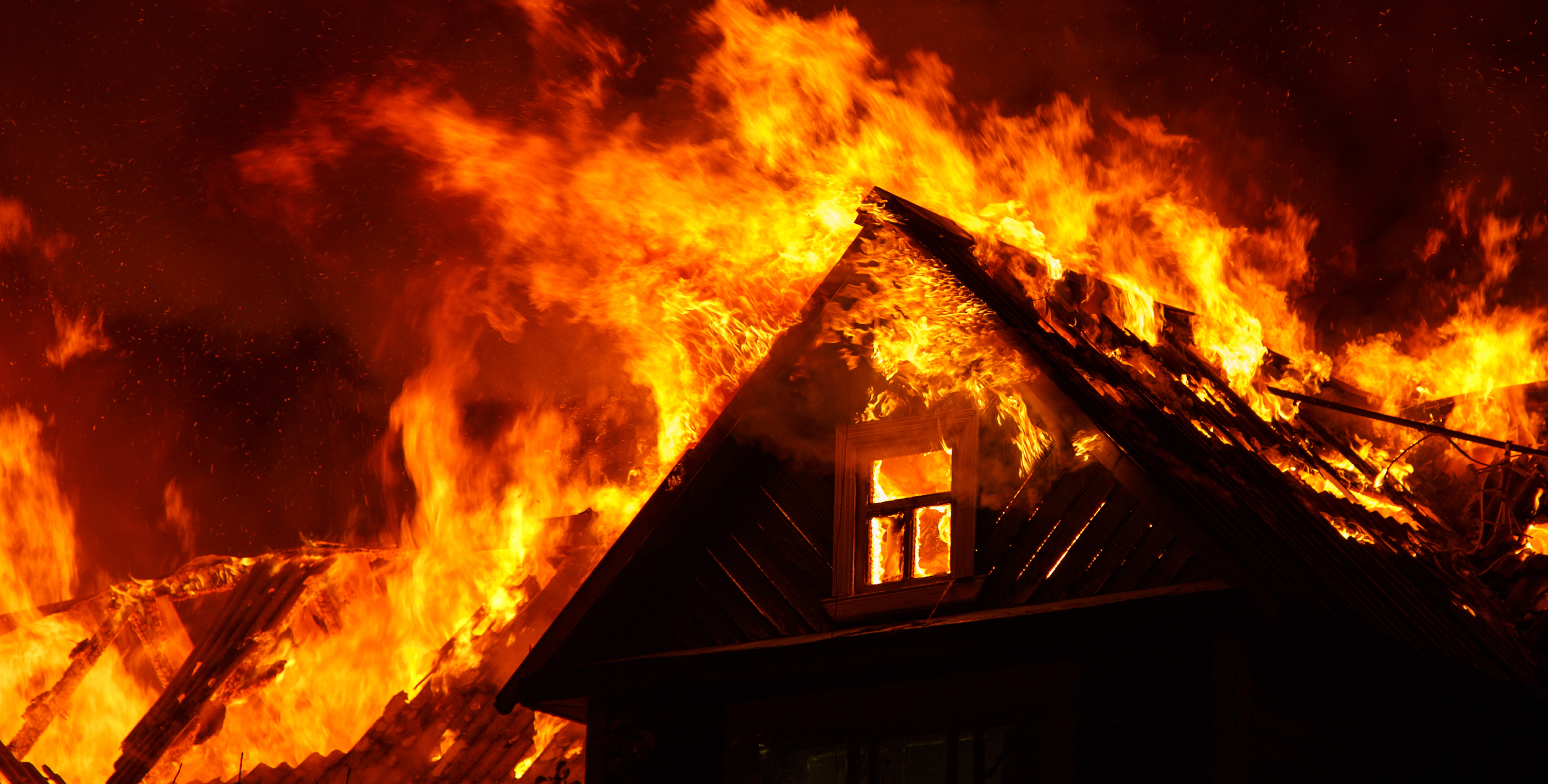From sunshine to subsidence: The impact of the UK’s Spring heatwave
6th May 2025

The warmest April in many years has been enjoyable for many, however for those of us who work in the subsidence industry, it brings thoughts on the potential summer ahead and the claims that may come our way.
With warmer dryer weather across much of the country, it’s natural that those in the insurance market will want to get prepared if the dry weather continues and they face an increase of claims in the market. It is too early to predict a surge event but given the upturn in the market particularly in 2018 and 2022, insurers will want to be prepared for what may be coming this year.
Upon the initial visit to the property, looking out for initial indications of subsidence damage can be important. This can include looking for cracks which naturally form around doors and windows, consider whether the soil is of a clay variety and consider the effect of nearby vegetation or drainage.
At Davies, all initial visits are completed by a surveyor at site as opposed to on a desktop basis. In 100% of claims, engineers review and issue reports within 24 hours of receipt of the report from the surveyors.
It is important to commence the evidential collection as soon as is practical to ensure that there is an early understanding of the cause and mechanism of the movement of the property. This will help to develop a clear claim strategy and to establish the level of evidence that needs to be collected in order to pursue the most appropriate form of mitigation. The most appropriate form of site investigations which are needed at an early stage can then be agreed.
Getting site investigations completed and monitoring commenced at an early stage can be vital in reducing the cycle times and indemnity spend for insurers on the most difficult and complex claims. This can also assist with any potential legal disputes or recoveries which occur later in the claim process.
However less complex claims with potentially simpler solutions can be recognised and handled in a different manner to get the policyholder’s property repaired more efficiently
There are pressures facing all potential stakeholders in subsidence claims which includes insurers and loss adjusters but also local authorities and other tree owners. The early collection of the correct evidence can ensure earlier decision making and allow the property to be repaired.
The team at Davies and Keoghs are experienced at handling subsidence claims and can assist with the efficient handling of claims in the coming year, and in the event of a surge. If you’d like to find out how our subsidence experts can help you and your customers, get in touch.
Patrick Clark
Head of Surveying and Field Services
Davies
patrick.clark@davies-group.com
Matthew Kirk
Associate and Vegetation & Subsidence Special Interest Group Lead
Keoghs
mkirk@keoghs.co.uk
Related Articles
-
- Article
- Report
- Claims Solutions
- Legal Solutions
- Insurance Solutions
GBB’s forensic investigations drives crash for cash fraudsters to guilty conviction
GBB, a Davies company of research and forensic investigations, has helped…
-
- Article
- Claims Solutions
- Legal Solutions
- Insurance Solutions
- Consulting
- Technology
Doing business responsibly: How Davies is building sustainability in service delivery
If you’ve been keeping up with us here at Davies, you’ll…
-
- Article
- Claims Solutions
First Wennington fire policyholder returns home
When a major incident was declared in the small village of…


